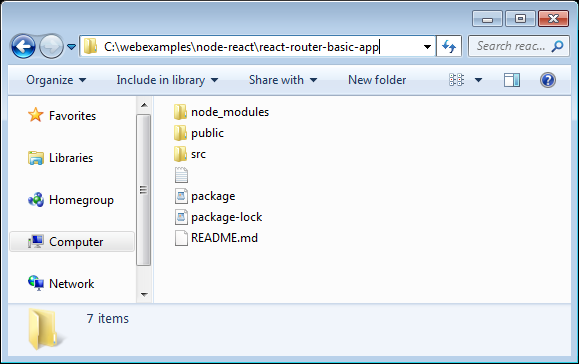
This hook allows you to access any dynamic parameters that a particular route (or slug, in this case) may have.

Next, import a hook called useParams from the react-router-dom library. Once the dependency is installed open the package.json file in your favorite code editor and you are going to see the dependency version of the react-router-dom library: “dependencies": ]) => ( Use the following command from a terminal window to generate the project directory, then navigate inside the project directory and install required dependencies to add React Router v6 library: npx create-react-app react-router-v6-example


However, it is getting merged back into the React Router library starting from version 6. If you have experience working with routing in React apps, you may already know that over the past few years Reach Router has gained some attention. This tutorial is going to give you a peek into some of the new features the library is coming out with.

Do note that, at the time of writing this post, React Router v6 is still in beta. In this tutorial, let’s take a look at how to create routes using the React Router v6 library. This can be handled by using a routing library such as React Router. Single page applications (SPAs) with multiple views need to have a mechanism of routing to navigate between those different views without refreshing the whole web page. Aman Mittal Follow 👨💻 Developer 👉 Node.js, React, React Native | Tech Blogger with 1M+ views on Medium A guide to using React Router v6 in React apps


 0 kommentar(er)
0 kommentar(er)
